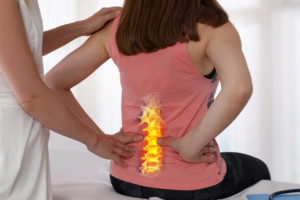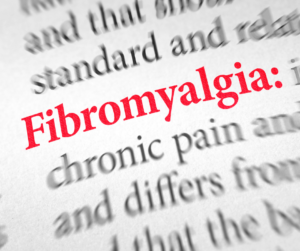How many people suffering, on drugs, or facing a life of limitation could be helped by chiropractic care? Probably most of them.
Non-verbal and defiant behavior in a 3-year-old
A 3-year-old girl who was non-verbal and had been exhibiting defiant-like behavioral issues since age two was brought in for chiropractic care. She was unable to connect with family members verbally, emotionally, and physically. Medical interventions, such as speech therapy, failed to make significant improvements.
Chiropractic adjustments were given to address her vertebral subluxations. She received care once a week for 20 weeks.
The mother reported that she was able to start communicating and connecting with her family, loved ones, and the outside world with no complications following the delivery of chiropractic care. Improvements included falling asleep and quality of sleep, ability to concentrate, attention and focus. In addition, she was no longer displaying defiant-like behaviors. (1)
High blood pressure in a 52-year-old woman
A 52-year-old woman with a chief complaint of high blood pressure began chiropractic care. Her initial blood pressure reading was 185/90 mmHg. She was advised by an MD to take medication but decided to seek chiropractic care first.
She received one adjustment a week for 12 weeks. Adjustments were needed in the cervical (neck), and thoracic (mid-back) regions of the spine as well as the pelvis. At her second visit, her BP was reduced to 165/88 mmHg. At the 7th office visit, BP proved to have significantly decreased to a reading of 130/86 mmHg and by the 12th visit, it had reduced to 106/62 mmHg. The experience, in this case, has been found to be consistent with other studies showing chiropractic’s benefit for hypertension. (2)
Gastro-Esophageal Reflux Disorder (GERD)
A seven-month-old girl suffering from unresolved acid reflux for two months was brought in for chiropractic care. Pediatrician-prescribed drugs (Pepcid T and Zantac) were ineffective. The child was unable to sleep through the night due to the pain and discomfort from being gassy and constipated.
By week four, the mother says her daughter is like “a new baby!” The mother has taken her off all reflux medications and her signs and symptoms have subsided. The child was now responding to others, pleasant, and sleeping well. (3)
Do you know anyone suffering from any of these health issues?
If you know anyone who may be experiencing these issues, please share this article with them and encourage them to make an appointment with us. Call 517.627.4547 today!
- Hock S, Miller, C. Resolution of Defiant Behavior and Improved Speech in a Non-Verbal Toddler Following Reduction of Vertebral Subluxation: A Case Study. Journal of Pediatric, Maternal & Family Health, Chiropractic ~ March 25, 2022 ~ Pages 17-21
- Martin S, Rauch M. Reduction in Blood Pressure Following Chiropractic Care in a 52-Year-old Female: A Case Study & Review of Literature. Annals of Vertebral Subluxation Research ~ March 14, 2022 ~ Volume 2022 ~ Pages 65-70
- Scott Gill S, Gill. Resolution of Gastro-Esophageal Reflux Disorder in an Infant Following Chiropractic Care: A Case Study. Journal of Pediatric, Maternal & Family Health, Chiropractic ~ April 8, 2022 ~ Pages 22-25

















